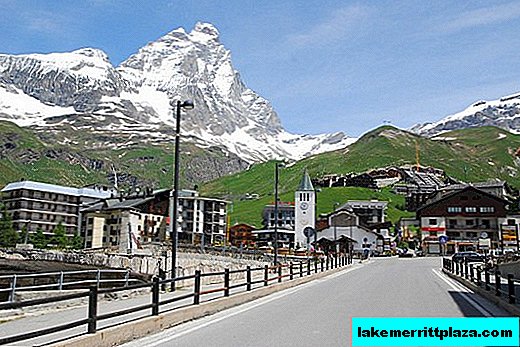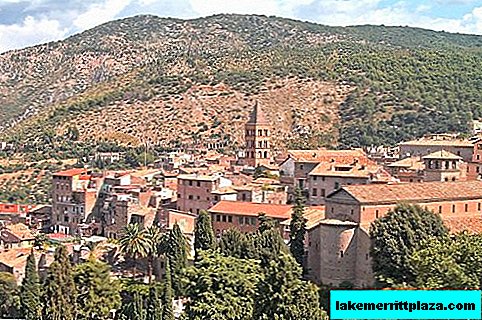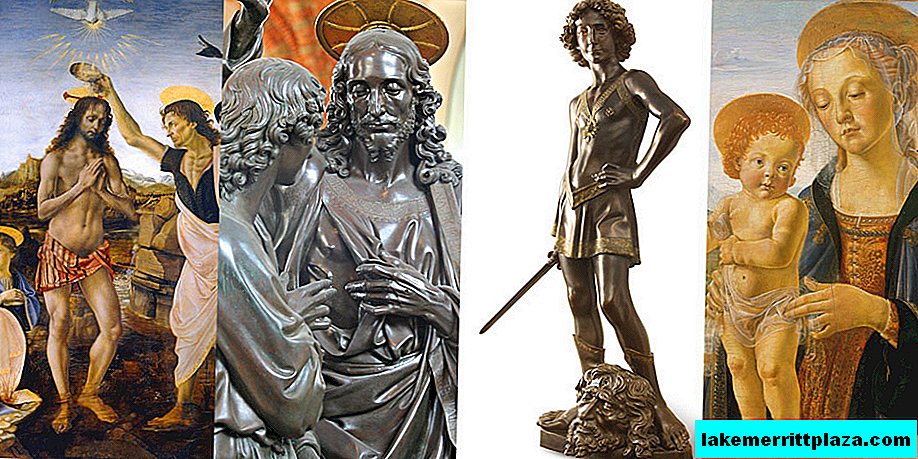St. Mark's Square (San Marco, Piazza San Marco) is Venice's main square. This is the only place in the city that the Venetians themselves call the “place” - the square.
The inhabitants of the city call the remaining squares campo or campiello - a field or a small field. In the 9th century, it was a small platform near St. Mark's Cathedral. In 1777, the area gained its present size. Today, St. Mark's Square has the shape of a trapezoid with a length of 175m, a width in the wide part - 82m, and in the narrow - 56m.
The north side of the square is occupied by the building of the Old Prosecutions, the south - the building of the New Prosecutions. The Clock Tower with a bell is attached to the Old Prosecutions, on which bronze statues beat every hour, and the dial is decorated with zodiac signs. These buildings in the western part connect the arcades of the Factory of Nuovo, making the square look like a huge Renaissance courtyard. In the southeast corner rises the bell tower of San Marco. The height of the bell tower is 99m.

St. Mark's Cathedral
However, the main attraction of the square is St. Mark's Cathedral - the cathedral of Venice, which gave the square its name. Until 1807, the cathedral was a court chapel at the Doge's Palace (Palazzo Ducale).
Tip: you can get to the cathedral without waiting in line by buying a ticket in advance online for 5 euros.

According to legend, in 828, two Venetian merchants Rustiko and Buono stole the body of St. Mark and took him out of Alexandria, previously hiding it in pig carcasses. To store the relics of St. Mark the basilica was erected, which was consecrated in 832. In 976, a fire almost destroyed the basilica, but by the end of the 10th century it was restored. The new construction of the cathedral on the Byzantine model (the Church of the Twelve Apostles of Constantinople) was begun in 1063, and in 1094 the cathedral was consecrated. Over the next centuries, the cathedral was decorated and expanded. Each foreign ship arriving at the port had to provide a precious gift to the cathedral. Many relics appeared in the church after the looting of Constantinople by the crusaders in 1204.
- Find a hotel near San Marco Cathedral
- Read Venice Hotel Tips
Cathedral of San Marco becomes the religious and political center of the Republic of Venice. Grandiose official ceremonies were held in the cathedral: the coronation and presentation of a new doge to the townspeople, the blessing of troops before the war (in particular, before the 4th Crusade). Here, Captain Marco Polo received his blessing before sailing.

For more than 4 centuries, the cathedral was built and completed. This affected the architectural style. The cathedral is a harmonious mixture of eras and styles.
The prevailing style is Byzantine, but this is true for the general look and domes. The addition of antique columns and bas-reliefs, Gothic towers and arrows, facing with oriental marble - all this gives reason to conclude that the Cathedral of San Marco is a unique architectural monument, made in its own, Venetian style.
The building of the cathedral was built in the shape of a Greek cross measuring 76.5 m by 62.5 m, the height along the central dome is 43 m. The interior of the church is represented by a diverse iconostasis, statues of the apostles and numerous mosaics.
Today, the Cathedral of San Marco is an active temple where services are held. And such relics as the relics of St. Mark, the relics of the martyr Isidore, the image of the Virgin "Nicopea", make the Cathedral of San Marco the center of Christian pilgrimage.








